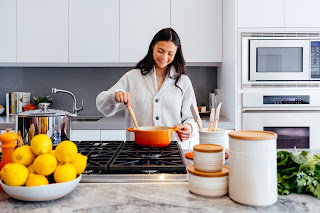There are many different types of indoor window coverings that can be used in a house, depending on your personal style and the amount of light control you want. Here are a few ideas for good indoor window coverings:
1. Curtains or drapes: Curtains and drapes are a classic window covering option that can add a touch of elegance and style to any room. They can be made from a variety of materials, such as cotton, silk, or velvet, and come in a wide range of colors and patterns.
2. Blinds: Blinds are a versatile option that can be made from a variety of materials, such as wood, vinyl, or aluminum. They can be adjusted to control the amount of light that enters the room and come in many styles, including horizontal, vertical and Roman shades.
3. Shutters: Shutters are a stylish and functional window covering option that can add value to your home. They can be made from wood or synthetic materials, can be customized to fit any window size and shape, and can be painted or stained to match your decor.
4. Roller shades: Roller shades are a modern and clean window covering option, they can be made from fabric or vinyl, come in a variety of colors and patterns, can be operated by hand or motorized.
5. Sheers: Sheer curtains or window coverings are a great option for rooms that need natural light but also require privacy. They are made from lightweight, semi-transparent fabrics and can be used alone or layered over other window coverings for added privacy.
6. Cellular Shades: These type of shades are also known as honeycomb shades, they are made of multiple layers of fabric creating a honeycomb-shaped cells, they offer insulation and light control, they are available in a variety of colors and textures.
7. Skylight shades: For skylights, specially designed shades can be used to control the amount of sunlight entering the room while maintaining the view. they can be manual or motorized.
8. Plantation Shutters : Plantation shutters are wooden window coverings that have adjustable slats, which provide both privacy and light control. They are often used in traditional and Mediterranean-style homes.
Consider your priorities and preferences for privacy, light control, energy efficiency, style, maintenance, and durability to help you pick the best window covering for your home and specific needs.






